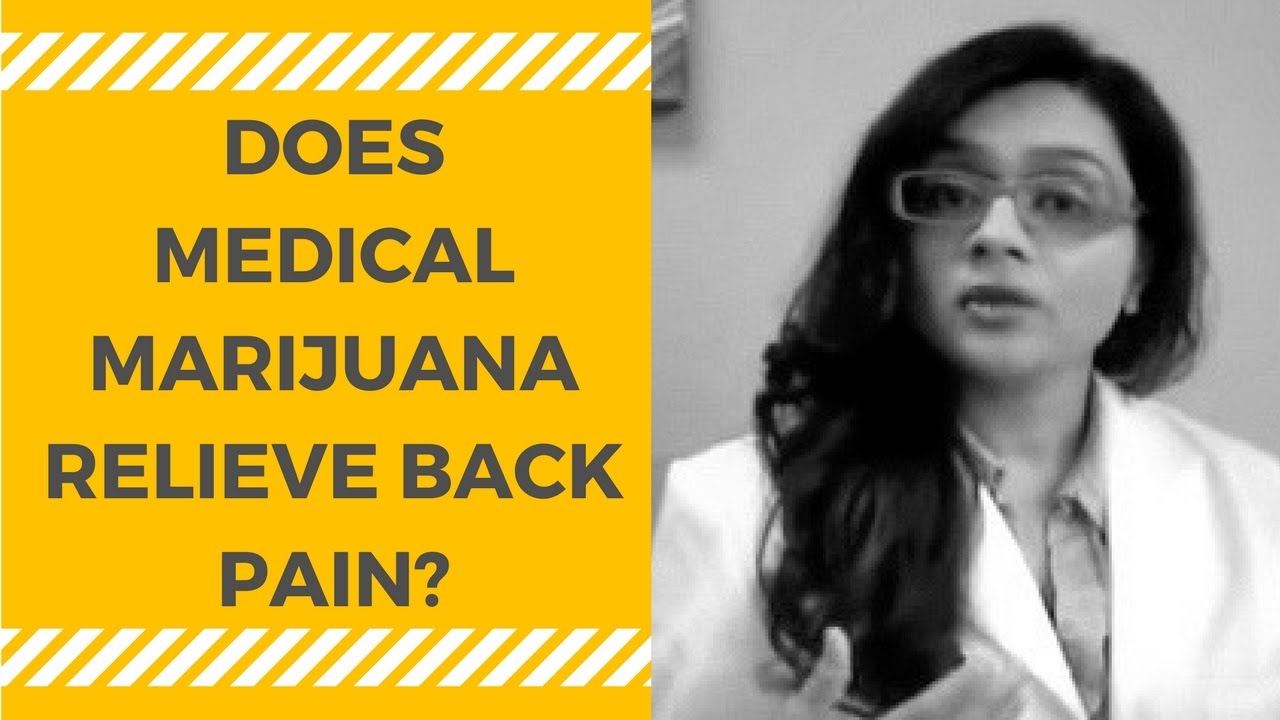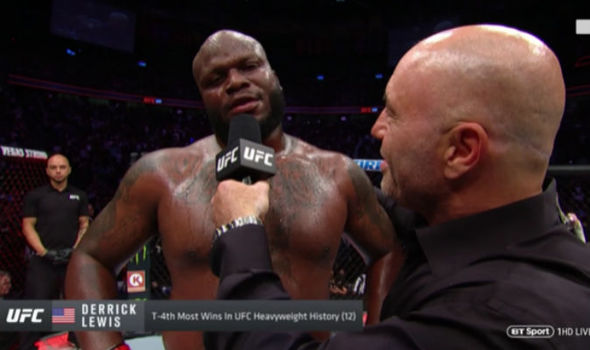Like most people, you’ve probably heard impressive stories of how marijuana helps people beat pain problems, especially if the discomfort relates to a severe illness. However, even if those accounts interest you, it may not be enough to take them at face value without doing further research.
Despite what Donald Trump thinks, many journalists do a great job of thoroughly covering the news, including stories related to marijuana and pain relief. The fact is that many articles can’t cover all the aspects of particular stories. Doing that would result in newspapers that are as heavy as encyclopedias, not to mention cause problems for people with short attention spans who aren’t as eager to get down to the nitty-gritty details.
For example, you might think, “I liked reading why marijuana made that woman’s life better by reducing her pain, but how did the drug do that?” The good news is that you’re not alone in your active curiosity. Keep reading to get answers about how marijuana helps relieve pain.
Medical Marijuana Provides a Distraction
Psychologists sometimes refer to pain as a psychological phenomenon. In other words, pain tends to be most severe when people focus on it. When individuals use marijuana, the parts of their brains associated with reward and motivation are more active. The brain then releases more rewards-driven neurotransmitters than usual, giving people a sense of euphoria. Marijuana also typically makes people more easily distracted, because their short-term memory abilities get temporarily compromised. In short, the euphoric effect marijuana has on the brain and the likelihood that users become more distracted than normal when using it both often result in pain relief.
Think about the last time you were in severe pain and watched your favorite comedians perform hilarious sketches on Saturday Night Live or asked a few friends to come over and play board games with you. Those activities probably didn’t take your pain away, but they might have made you forget how much you hurt for a while. Researchers say that marijuana taken for medicinal reasons frequently has the same effect.
Marijuana Can Positively Affect Patients Suffering From Neuropathy
Millions of people suffer from nerve damage that occurs due to an underlying cause. Also known as neuropathy, the nerve issues can cause painful problems ranging from tingling to a stabbing sensation in the extremities. As you’d expect, these symptoms make it extremely difficult for individuals to live comfortably and often has a negative impact on their ability to remain employed and do the things they love.
On a positive note, scientists have found that cannabis consumption relieves nerve-related pain. Understanding how it does that requires remembering that peripheral nerves perform several functions, ranging from bladder function to temperature-related sensations. Damaged nerve centers send incorrect messages to other pain centers in the body.
The peripheral nerves that relate to feelings of pain contain cannabinoid receptors. They respond to marijuana intake and regulate neurotransmitters, as well as the central nervous system. In turn, a person’s perception of pain often lessens.
Results for People With Migraine Headaches
Migraine sufferers report severe pain as well as other debilitating symptoms including temporary vision problems, the inability to tolerate bright lights or loud sounds and nausea. The nausea is sometimes so severe that they cannot keep prescription pills down.
Migraines and neck pain are two of the most common sources of pain people experience. In a recent survey, these problems together affected about 30% of people polled about common discomforts. Even worse, neck pain often occurs alongside migraines, which makes people particularly miserable.
A recent study suggests that marijuana could be an effective way to reduce migraine headaches. It involved 121 people who were diagnosed with migraines and given medical marijuana as an attempted course of treatment. 103 of the participants had fewer migraines, and only three people had more than before they started taking the drug.
The researchers involved said they need to do further investigation to give a definitive response about how marijuana eases migraine pain. However, many believe that marijuana has an effect on serotonin in the brain. Serotonin is a chemical that facilitates communications between nerve cells. However, it can cause narrowing of the blood vessels, too. When serotonin levels fluctuate, migraine headaches can occur.
Even without knowing exactly why marijuana worked well for those migraine sufferers just yet, the people involved in the above study mentioned the participants felt better and had higher levels of functioning. Given those effects, the people taking part in the study probably didn’t care about the specifics of why they got migraines less often than before and were just happy with their outcomes.
Another advantage associated with this particular study is that some people smoked marijuana and others ate it in edible form. Individuals said the smoked marijuana worked more quickly than the kind they ate. But, as you’ll recall from the overall study statistics, most people saw positive results regardless of the ways they consumed marijuana.
Also, remember that migraines commonly make people feel like they’ll throw up. Many often do vomit, which makes the experience of having a migraine headache even worse. Eating marijuana edibles may not be feasible for people who are very nauseous, but smoking the drug could work well by providing fast effects without aggravating nausea.
Regardless of if you warmly embrace the idea of using marijuana for pain relief or still have some lingering doubts, the research covered here has hopefully reduced the lack of knowledge that prompted you to start reading this post in the first place. You might even try marijuana and see if you get results that are like some of the ones just described.
credit:themaven.net













